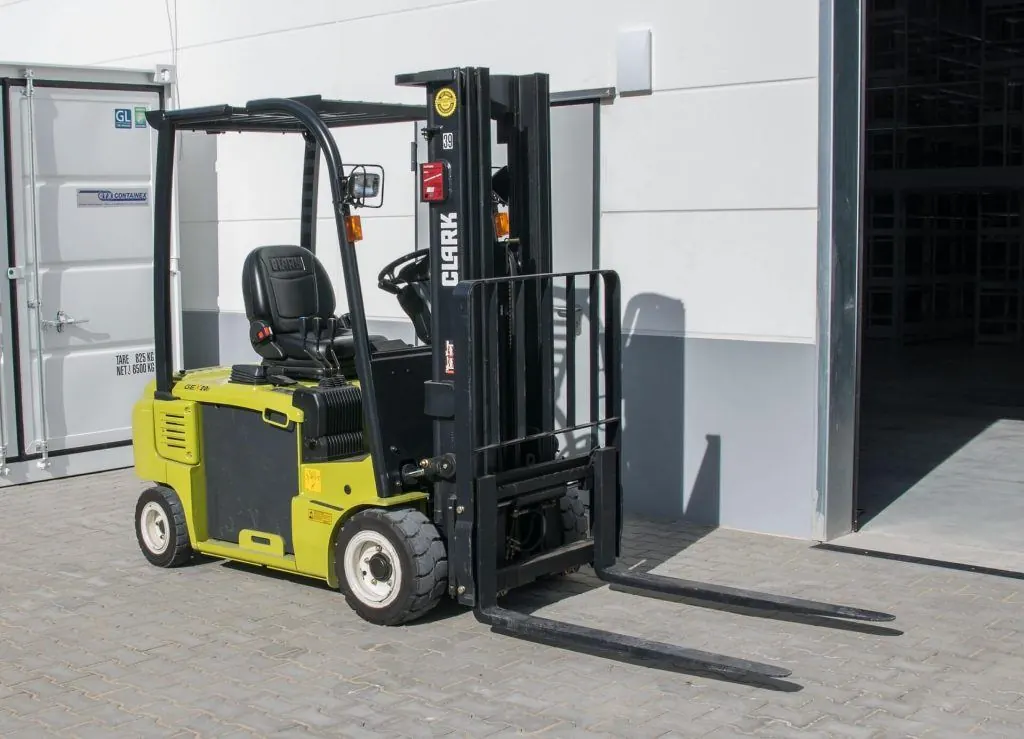Tips For Safe Loading in a Forklift
I’m Ed Smith, a Sacramento personal injury lawyer. Forklifts are unique vehicles that use a set of prongs to raise and move heavy loads. They are commonly found in factories, warehouses, and construction work sites. Since forklifts can weigh several tons, drivers should exercise due care to minimize their chances of severe injuries or death.
Safe Loading
Safe loading practices are critical for forklift operation. At the very outset, a forklift operator must ensure that the weight to be lifted is within the recommended limit. Three vital details are listed on the vehicle’s identification plate, including the permissible lifting weight, allowable loading height, and the distance of the load center from the fork. All three are to be strictly adhered to.
The operator must also have a clear idea of the item being lifted. Light and unstable loads behave differently during transportation. Loads capable of shifting should be strapped and secured to the pallet using bands or stretch wrapping, to avoid any issues.
Before Lifting Loads
The safety precautions necessary for lifting loads include:
- If the load is to be raised high, make sure that lights, pipes, sprinkler systems, etc. are not in the path of the moving fork.
- Ensure the load under the fork is evenly distributed and that the fork is at the center of the load.
- Bring the fork to the ground and align it below the load with care.
- Move the vehicle forward so that the backrest is supporting the load.
- Lean the load onto the backrest.
- In case of unbalanced load, lift the mass first, and then shift it towards the backrest, so that it rests in a more secure fashion.
- For other loads, pin safely on a pallet, slant and lift.
- Once lifted, maintain a safe height for shifting—two or four inches off the floor on a smooth surface.
While Shifting Loads
The following steps can help minimize risk while traveling with loads on a forklift:
- On a smooth indoor surface, the forks can be two to four inches above the ground or the lowest permitted height. The height may be increased to accommodate uneven surfaces, according to need.
- Adjust heights only when the vehicle is stationary. Under moving conditions, the center of gravity can shift erratically, which can lead to a disaster.
- Make sure the path is clear and keep your eyes trained in the direction of travel. Allow those on foot to pass first. Drive in reverse if the height of the load blocks the view in front.
- Whenever possible, split tall loads into two pallets or two trips.
- If unable to split the tall load, drive in reverse. In addition, employ a spotter to navigate. When using a spotter, ensure that there is a complete understanding of communication both ways.
- While mounting a ramp, place load on the upward slant, to limit the risk of overturning.
Before Loading
Check where the load is to be taken, before placing it on the fork. Based on its contours, a tendency to topple can occur. Specific guidelines have to be followed while placing the load for lifting.
- Place heavier weights at the bottom of the stack.
- If the item is to be lifted onto a shelf or rack, check its loadbearing capacity.
- Check the quality of the rack decking.
- While placing items in stacks, the lower berths should be able to bear the heavy loads.
- The forklift should be positioned in front of the rack where the item is to be placed.
- Lift the loaded fork to the necessary height, with care.
- Drive further forward, with the raised fork.
- Adjust the fork’s position so that the load is level to the rack when tilted.
- Unload directly and firmly onto the berth.
- After unloading, make sure that the item is safely positioned. Then check at the rear for people crossing. If all clear, reverse the vehicle.
Watch YouTube Video – Forklift Safety to Avoid Accidents and Injuries
The following video discusses the eight rules for operating a forklift safely to avoid accidents and injuries.
How a Forklift Accident Lawyer Can Help
Forklift accidents are a grim reality, which employers can only minimize through safe practices. Providing training, following safety protocols, and adhering to OSHA regulations can go a long way in ensuring workplace safety. However, no one can anticipate when a forklift accident may occur. When these types of accidents happen, it is critical to retain an experienced forklift accident lawyer in Sacramento to review your case, protect your best interests, and reach a favorable outcome on your behalf.
Sacramento Personal Injury Lawyer
I’m Ed Smith, a Sacramento personal injury lawyer. Forklift accidents are among the major causes of injuries sustained in the workplace. If you, or a loved one, have been severely injured in a forklift accident, please feel free to reach out to me anytime for free, friendly advice at (916) 921-6400 or toll-free at (800) 404-5400.
Our client reviews may be found on:
I am a proud member of the Million Dollar Advocates, a nationwide association of top trial attorneys who have obtained a settlement or verdict of $1 million or more for a prior client.
Some of our previous cases and their outcomes are listed for your review on our Verdicts and Settlements page.
Image Source: By “emkanicepic” via Pixabay
:br ds [cs 893] cv

